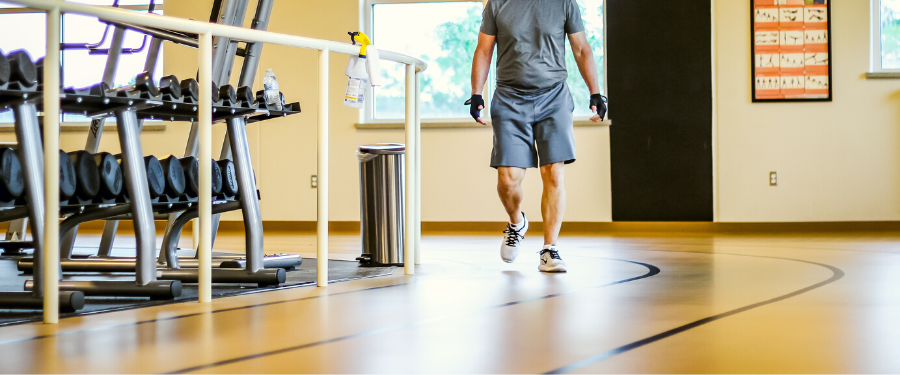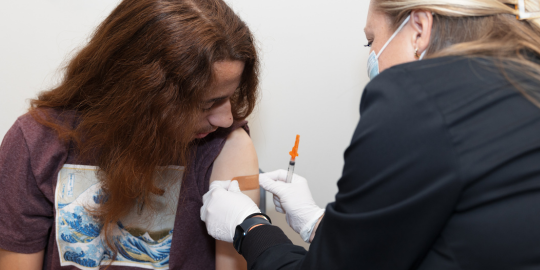Shared Use: local places open to the community
There are three ways to help your community increase the chance to be more physically active: through shared use, joint use, and open use.
What this means: two independent agencies (entities) -often a school and a city or private organization - say yes to sharing indoor and outdoor spaces like gymnasiums, athletic fields playgrounds.
The concept is simple: share resources to keep costs down and communities healthy.
A shared use agreement (SUA) or a joint use agreement (JUA) is a formal agreement between two separate entities to set terms and conditions for the shared use of public property. Typically, each entity agrees to help fund the development, operation, and maintenance of the facilities that will be shared. In doing so, no single party is fully liable for the costs and responsibilities associated with the recreational facilities.
Some school districts and other public and private entities want to provide free community access to their recreational facilities without a formal partnership or agreement with another party. They may also want to allow for community use beyond group programs hosted by third parties, such as sports leagues. An open use policy allows school districts and others to formally grant community access to their facilities and set forth the roles, rights, and responsibilities of all involved. While open use can and often does occur on an informal basis, an open use policy can help clarify the parameters of the community use and ensure continued access.
Formal agreements and policies offer increased protections for both the facility and the community group(s) using the facility. Since school, church, and other staffing can change over time, personal relationships are not the most secure way to guarantee access to facilities the future.
A formal agreement can also help prevent problems related to maintenance, operations, liability, ownership or cost from arising. A good agreement or policy answers the following questions:
- Maintenance – How can we keep the space in good condition?
- Operations — Who will unlock the gate? Who will run the programs?
- Liability – What if someone gets hurt?
Experts say most schools’ existing liability insurance is sufficient to cover any liability issues associated with joint use. Learn more about liability in Ohio.
- Ownership – How does joint use affect how decisions are made about the property? How will we resolve conflicts?
- Cost – How expensive will the partnership be? How much will each partner contribute?
Local Examples of Policies and Practice
- FitWalks, Lorain County Metroparks
- North Ridgeville City School District
- Lorain County JVS
- Midview Local School District
- Keystone Local School District
- Lorain Community Senior Center
- Wellington Schools
- LCCC University Partnership Ridge Campus
- Village of Wellington Town Hall
- LaGrange Village Hall



